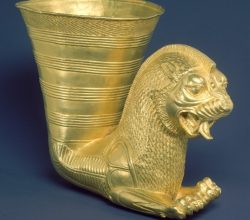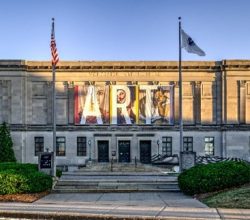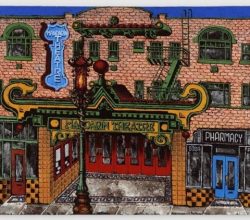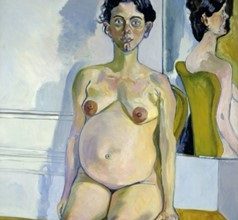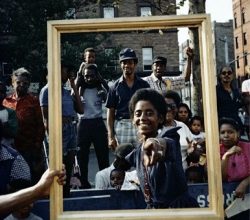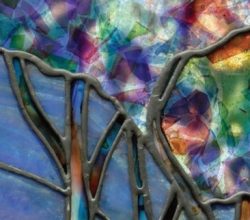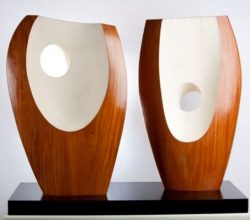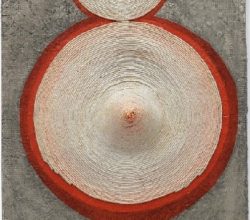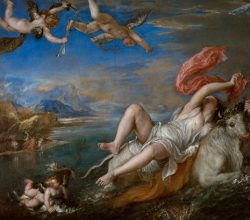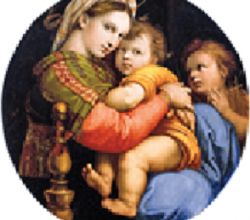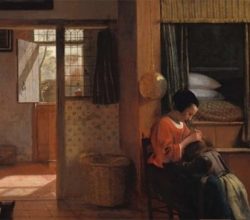
A Year Lived Inside With Instagram and a Dutch Master
Benjamin Moser | The Nation | 3rd June 2021
Elegant interiors are hugely popular on Instagram. Vermeer’s tranquil interiors are similar escapisms, as are those of Vermeer’s near equal, Pieter de Hooch. Sadly, they were “inventions” because war and strife were commonplace. De Hooch moved to Amsterdam to exploit his renown, but in the bigger city his works lost “freshness”. Those late pictures are “a shipwreck”. Like Instagram, de Hooch’s main act had been to keep ugliness “carefully at bay”.

